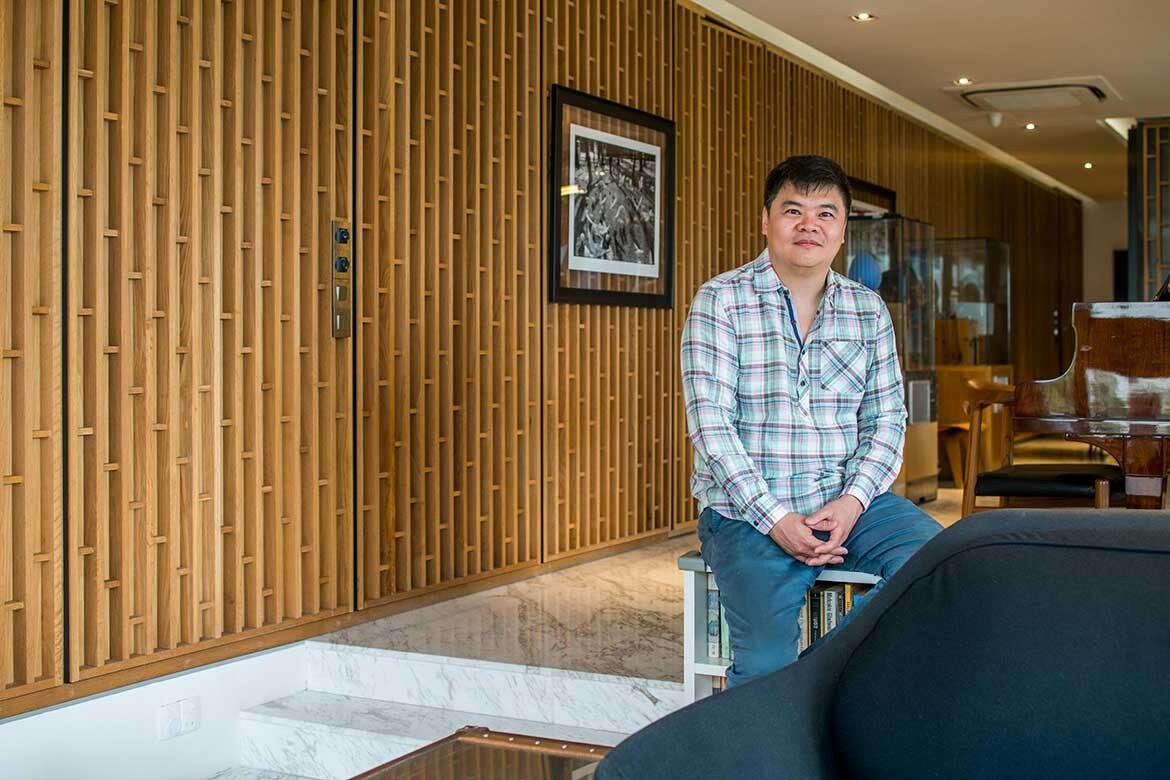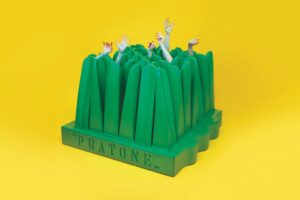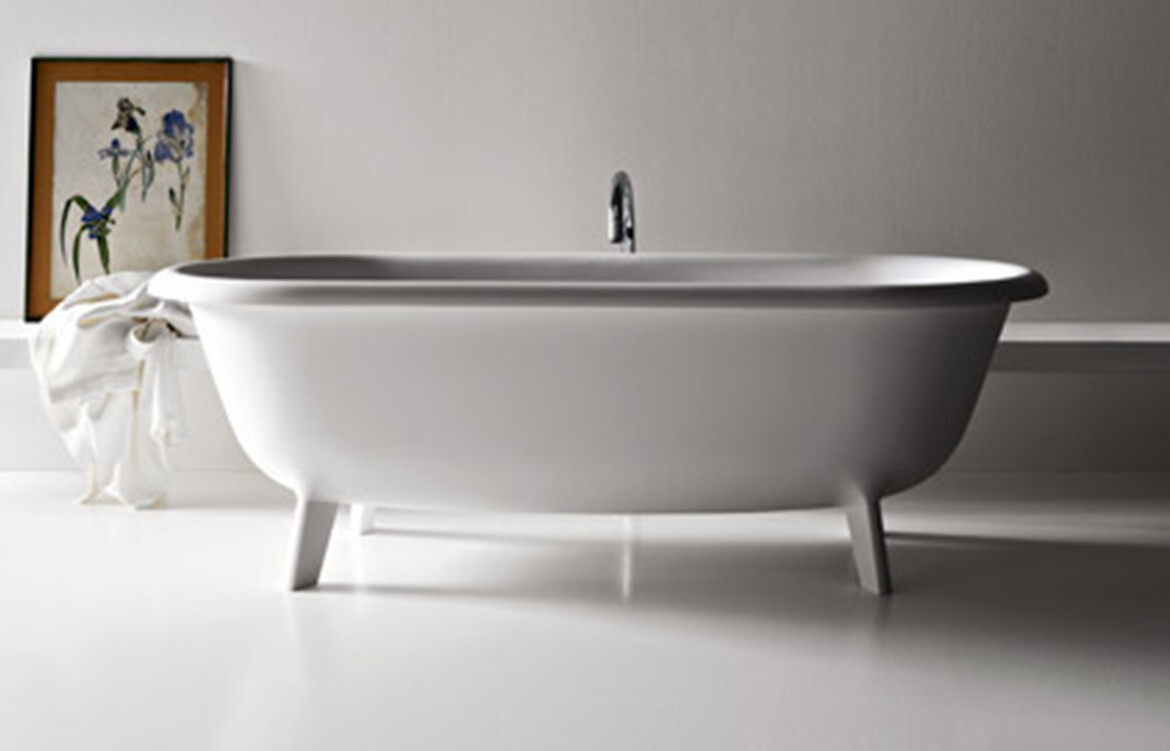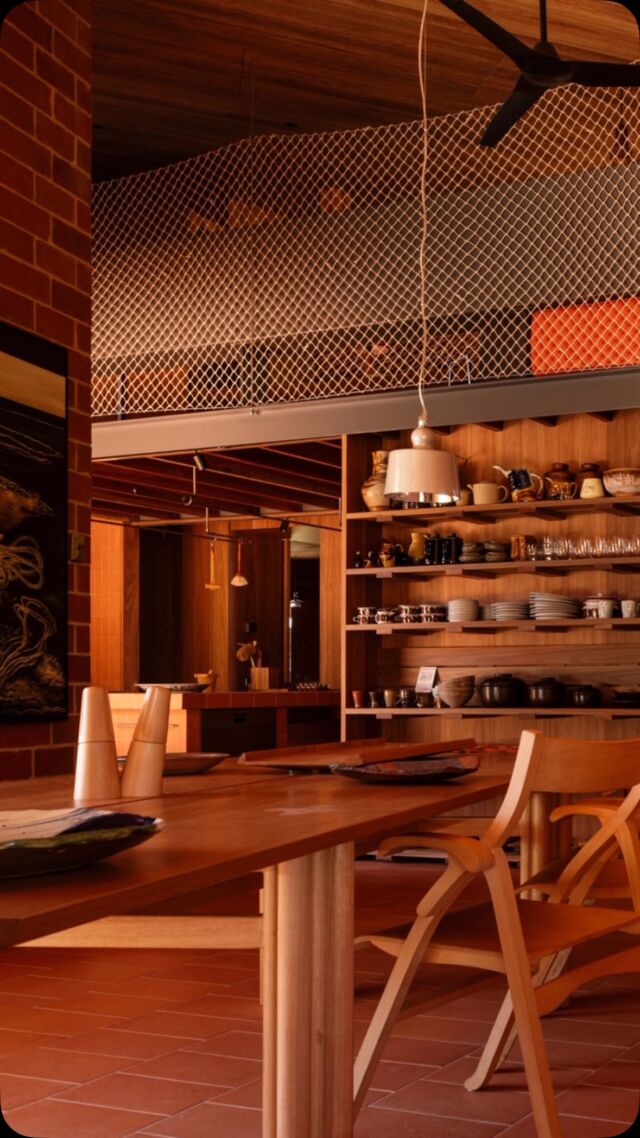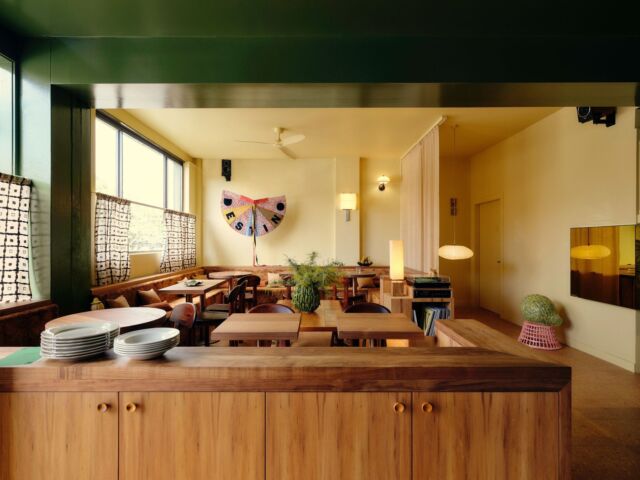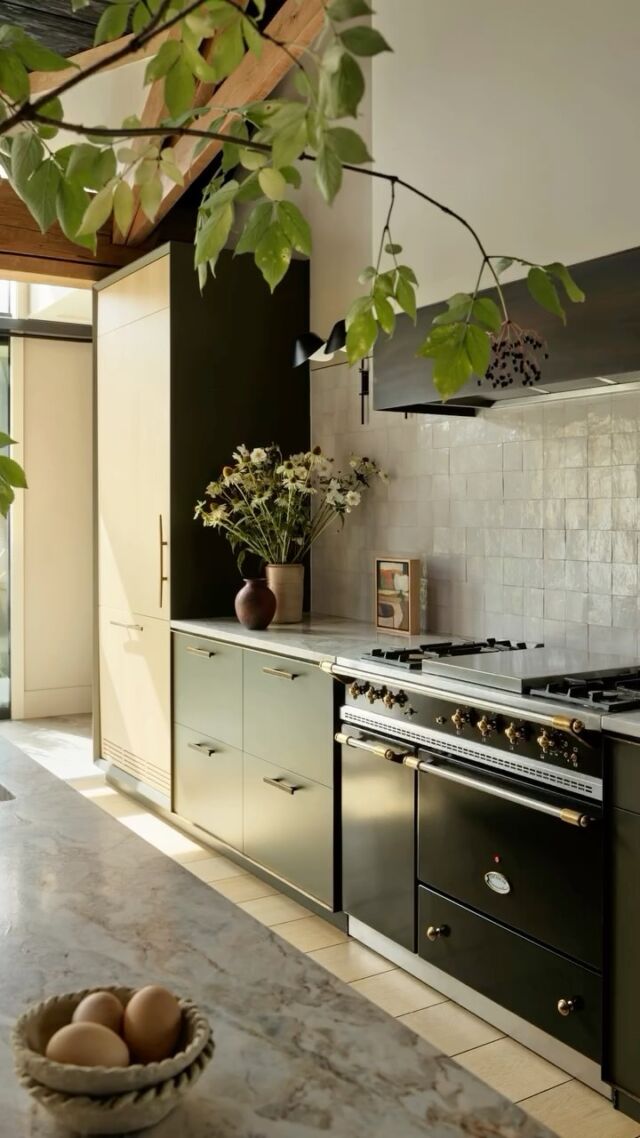I could never have expected such a litany of details. When I enquired off-hand about Loh Lik Peng’s earliest memories of hotels, I received a story so furnished with particulars and wry observations of human oddities that, at times, it felt like I was interviewing E.M. Forster (sultry, colonial heatwaves inclusive).
You see, apparently, they wore white gloves. And in those white gloves, they – a small army of twelve year olds – diligently flitted about a (now extinct) Sri Lankan villa, barefoot and in long, Nehru-collared tunics crispened from litres of starch. In white gloves they carried telephones with rotary dials and heavy receivers between viewing decks and breakfast rooms; they silently turned-down beds; re-arranged mosquito nets; shuttled silver buckets of hand-cut ice up and down stairs. And in white gloves, greeted people with broad grins under the sub-tropical sun.
“It was all very colonial – this big, beautiful old place. It probably wasn’t very luxurious but in my mind it was a whole other world. This is one of my earliest memories”, Peng tells me. “It’s a strange fate, I suppose, that it’s one of a hotel my family visited when I couldn’t have been more than seven years of age.”
Fate indeed. That seven year-old sitting poolside an upper-shelf Sri Lankan hotel has, 38 years later, become one of the world’s most critically acclaimed hoteliers and restauranteurs. With a string of more than seven boutique hotels and 20 fine-dining restaurants in the major cosmopolitan cities of Singapore, London, Shanghai and Sydney (known collectively as Unlisted Collection), Peng has become renowned for reinterpreting tired, heritage sites into modern lifestyle concepts – always with a high degree of finesse and stylish whimsy.
“In a way,” he tells me one morning, “I suppose I’m always turning back to that childhood memory of the Sri Lankan hotel – to that feeling of visiting a whole other world.
“Today I am drawn to refining an idea of hospitality into a deep experience of multiplicity – mainly because I enjoy that immersion so much. Travelling, seeing new places, sampling local neighbourhoods are all distinct but absolutely interconnected experiences. Each of my hotels or restaurants aims to provide that feeling of immersion and wonder.”

And wonderment, it would seem, is something that Peng has found in no short supply. Last year, a Forbes journalist categorically declared “Anything-Goes Loh with a Midas touch.” But I find that denomination a little wanting. Peng may very well be a little bit of a blithe oddball, but ‘anything’ will not necessarily always ‘go’.
Approaching even the most miniscule of details with laborious deliberation, Peng is a master of precision and intent. Not a single element – such as the length of fork tines in his Waterhouse Hotel in South Bund of Shanghai, or the embroidery on the laundry bags of his latest establishment in Sydney, The Old Clare Hotel – escapes Peng’s ruminative methods.
And the man himself is no exception. For almost two hours, Peng responds to each and every one of my questions with a fillet knife-sharp clarity and measured syncopation, never erring from his perfect metier of insightfulness and levity. It’s obviously a linguistic method he’s curated over many years and even more flyer miles.
The son of two Singaporean doctors, Peng is Dublin-born, Singapore-raised, and London-trained. Earning a law degree from the University of Sheffield before continuing in post-graduate business studies at the London School of Economics, Peng eventually left the world of practicing at a bar he found “rather boring”, to practicing at a bar of quite a different kind.
From jurisprudence to hospitality, he speaks to me today in his Singaporean apartment, enveloped in a decorative scheme I – ironically – haven’t the words to define. To his left is a family of industrial electric fans of similar sizes, each with that gloss enamelled tulip base and graphic wirework cage (the pewter has lost its lustre but the sheen of their lacquering has not drained one iota since manufacture almost a century ago). By a wall, antique advertisements for all manner of goods (or, indeed, morals) provide the backdrop for a system of atomic age furniture with sweeping vital lines.
“They were my avenue through to loving design and design history. I don’t know why, but I find them endlessly fascinating,”, he says. Whether it’s this rather chic apartment he shares with violinist wife Min Lee and their two small children, or his Bethnal Green Town Hall in London he shares with guests in more than ninety-eight rooms, there is no mistaking Peng’s characteristic orientation to design.
Mid-Century revival, eclectic minimalism, disruptive post-modernity… all buzzy terms fail to capture the dynamism, grace and joy of the Loh Lik Peng aesthetic. And potentially, this is because they are experiences more than mere sites.
“When scouting for a new location, I’m on the hunt for stories – for buildings that are a little unloved but that also have character and breathe the story of their neighbourhood. Each one of the Unlisted Collection’s hotels or restaurants is a reflection of its city, and I think that what makes them unique is that each location is alive, in a way, with the people who live there, or work there, or even just are passing through as visitors.

“The history is always the most important thing because it provides the narrative and the romance.”
This became all-too apparent to me a week earlier as I sat on a barstool drinking wine in The Old Clare Hotel – Peng’s recent hotel project in one of Sydney’s abandoned breweries. As I glance around the room, I can’t shirk the sensation that the structure itself is performing an act of seduction … a striptease, if you will. It has a coquette’s charm and a stripper’s bravado, teasing me nonstop by dressing and undressing.
Here, a spirited, modern interpretation of a barbershop chair sits beside a raw sandstone wall (divots and scratches from the original nineteenth-century masonry are exposed from having removed the pea green cladding slapped up in the 1960s). There, some ancient safes in the lobby are mounted in pride, illuminated by the aureated glow of ultra-contemporary lighting.
“That was a total surprise!” Peng exclaims mid laugh. “We uncovered these filthy old safes in the basement of The Old Clare where they must have been walled-in and sealed-up for almost a hundred years. We broke into them, as gently as possible, and discovered reams of old documents: a budget, receipts, contracts, all sorts. I thought that these relics of local history were incredible (even if the contents were a bit … what’s the word? Mundane?) so I couldn’t bring myself to throw them away. And there they are, in the lobby in pride of place, to celebrate the stories and the people who once brought this building alive.
“But those safe doors! They must’ve weighed three- or four-hundred kilograms each!”
With a curator’s sense of preservation and an enthusiast’s desire for discovery, the odd tale of the safes is but one of the jolly stories of learning to love the past hand-in-hand with the present which gives Peng’s creations an aura not of timelessness, but otherworldliness.
When visiting the High-Victorian council chambers in London’s East End (Peng’s Town Hall hotel), I discover that the walls are adorned with artefacts of bravery and pluck. Everywhere, sooty and tattered evacuation posters tell me that this is the correct way to wear my gasmask and I should hot-foot it to the nearest Tube station until the third siren.
“Now that I think about it, perhaps that experience of being seven in the Sri Lankan hotel has shaped my approach more than I thought. They might be mine or someone else’s, but the muse is always memory.”
Photography Caleb Ming




